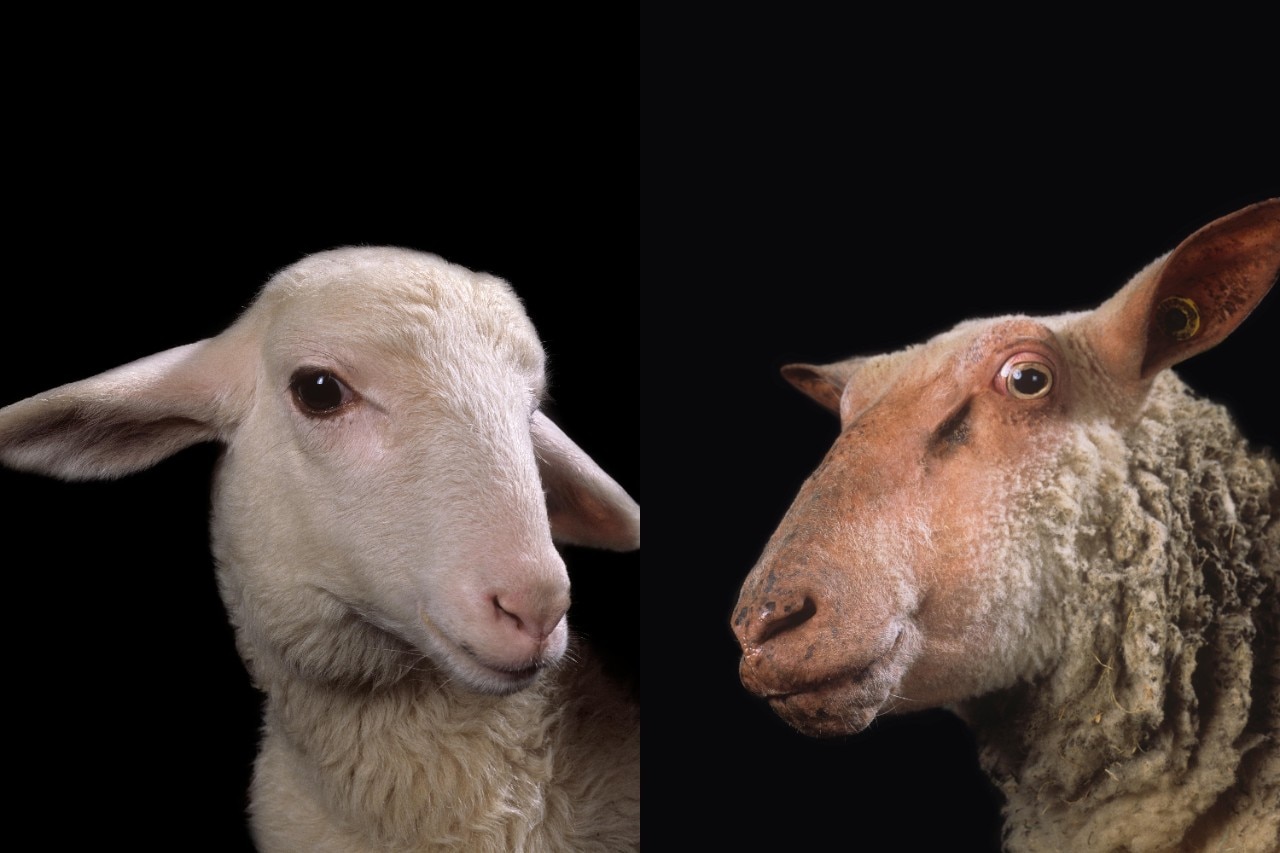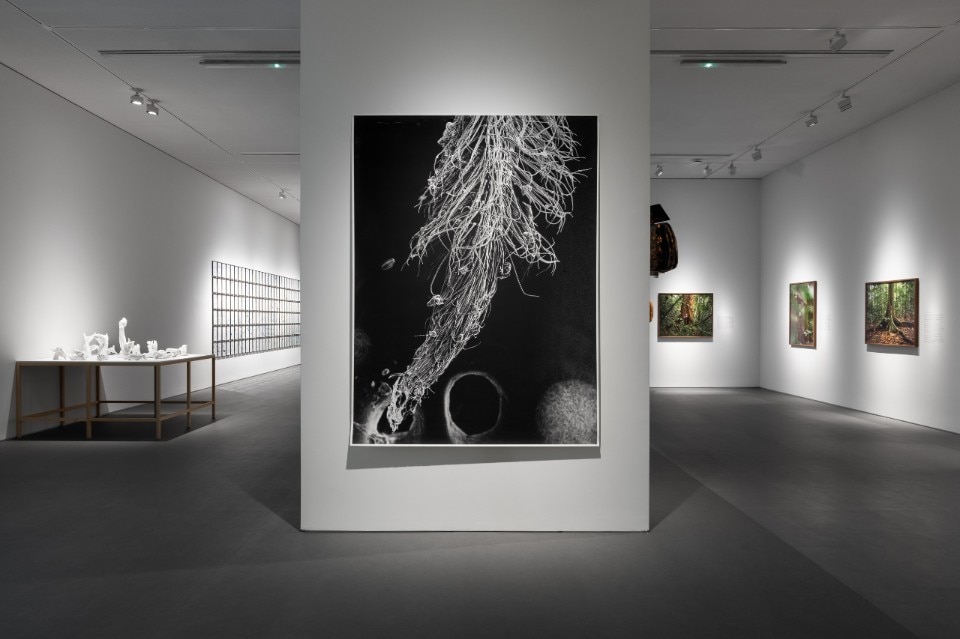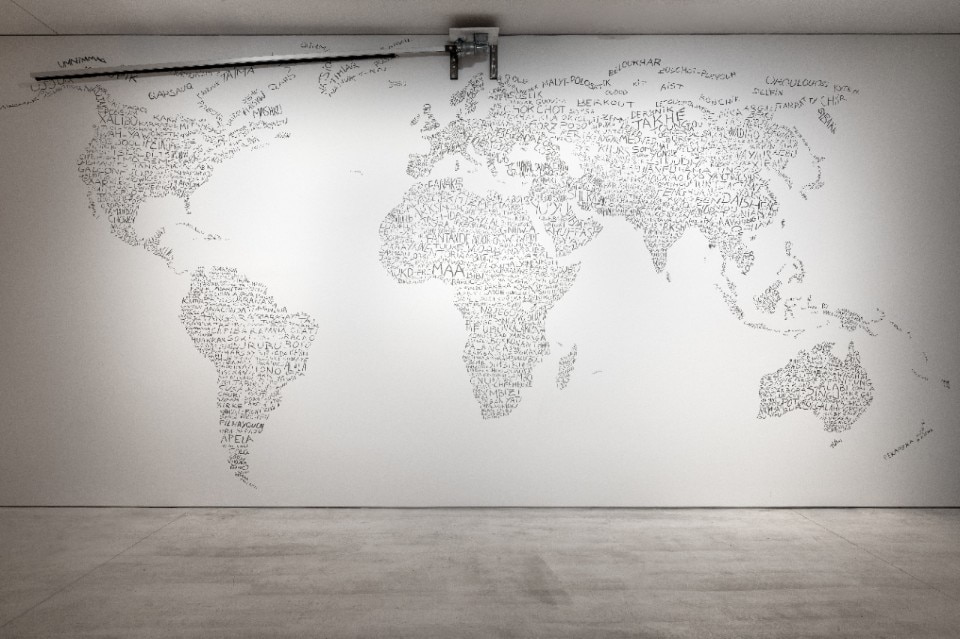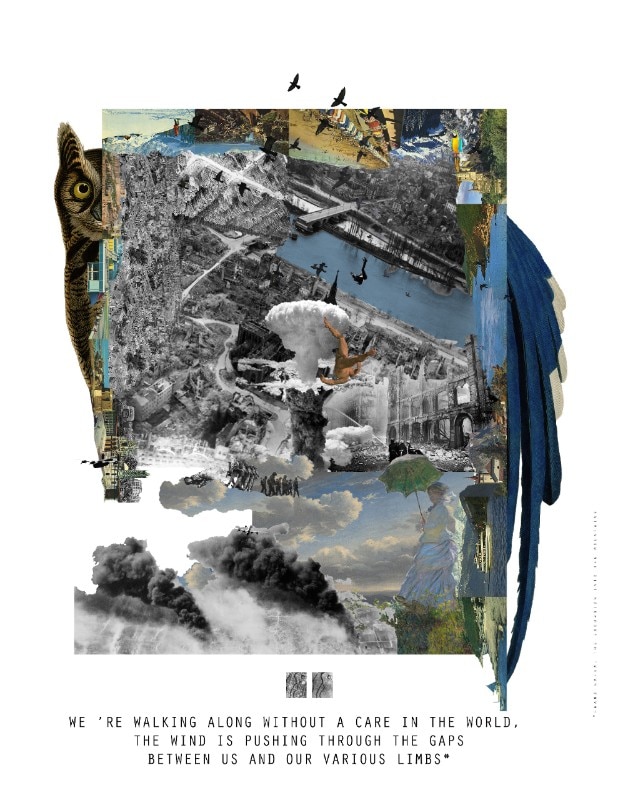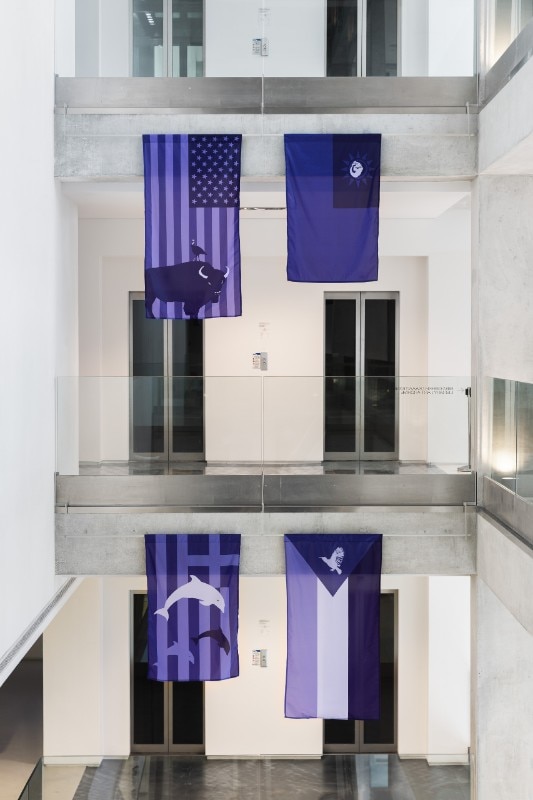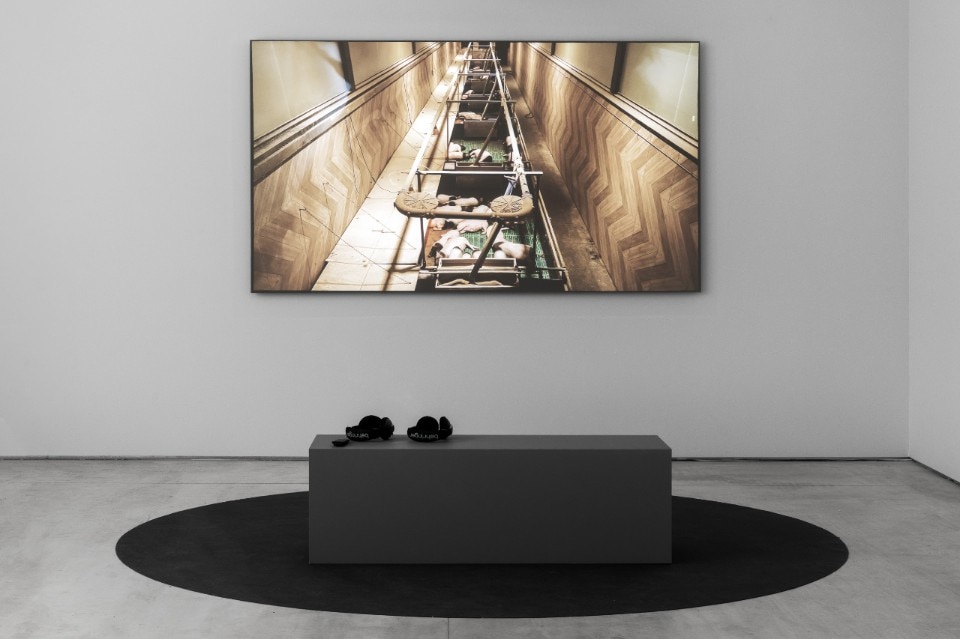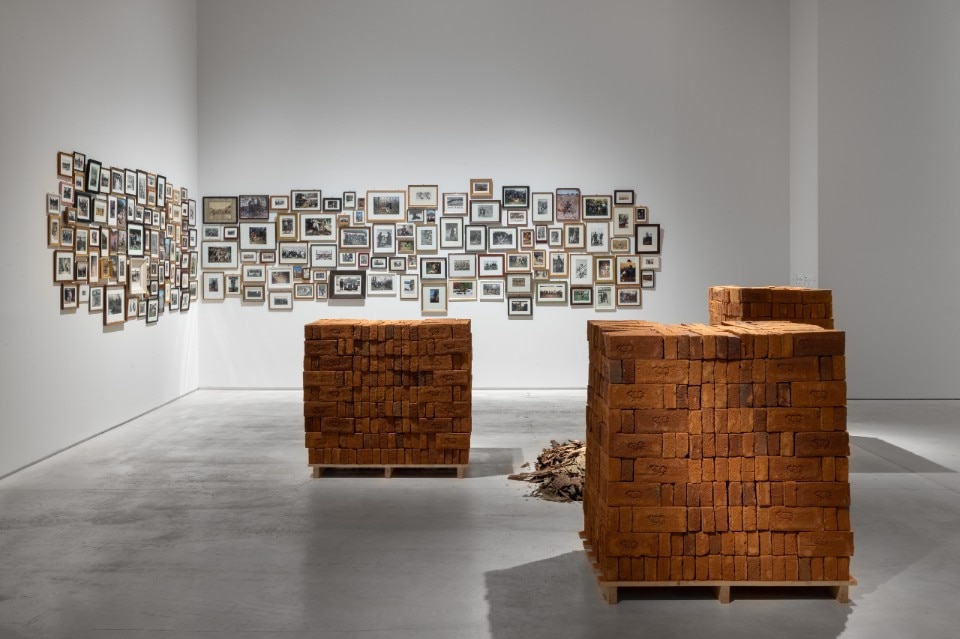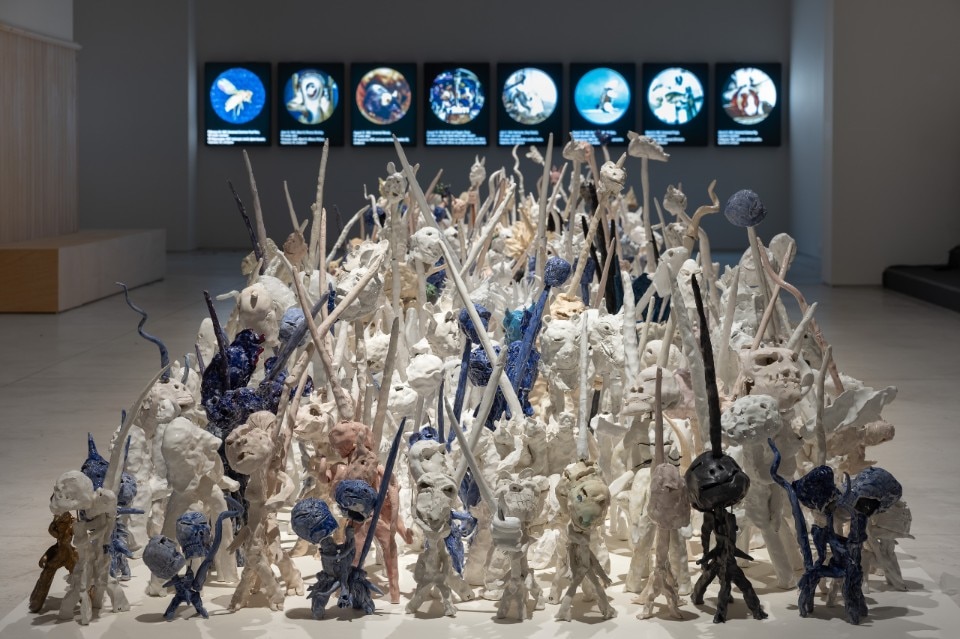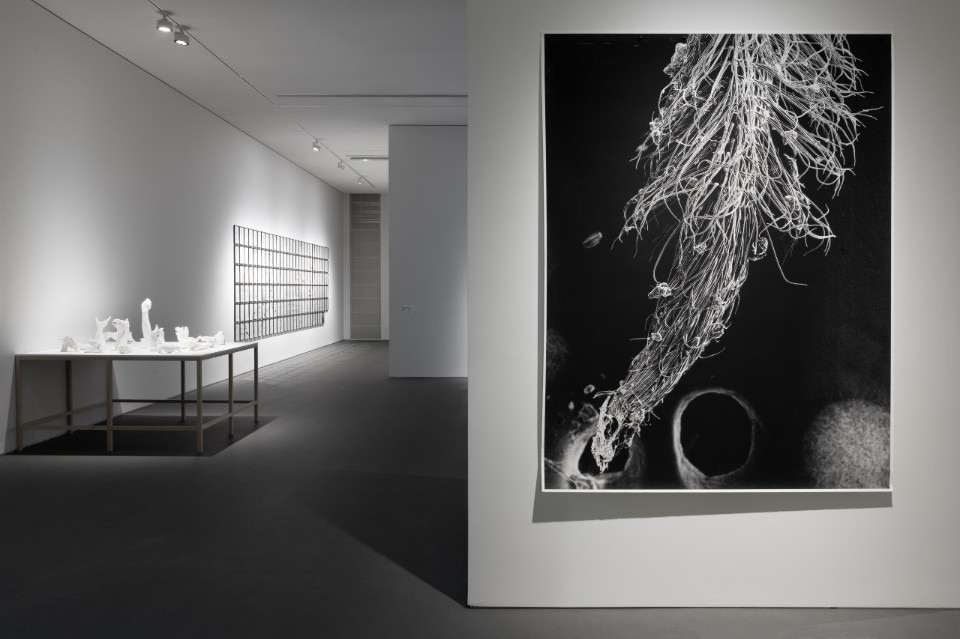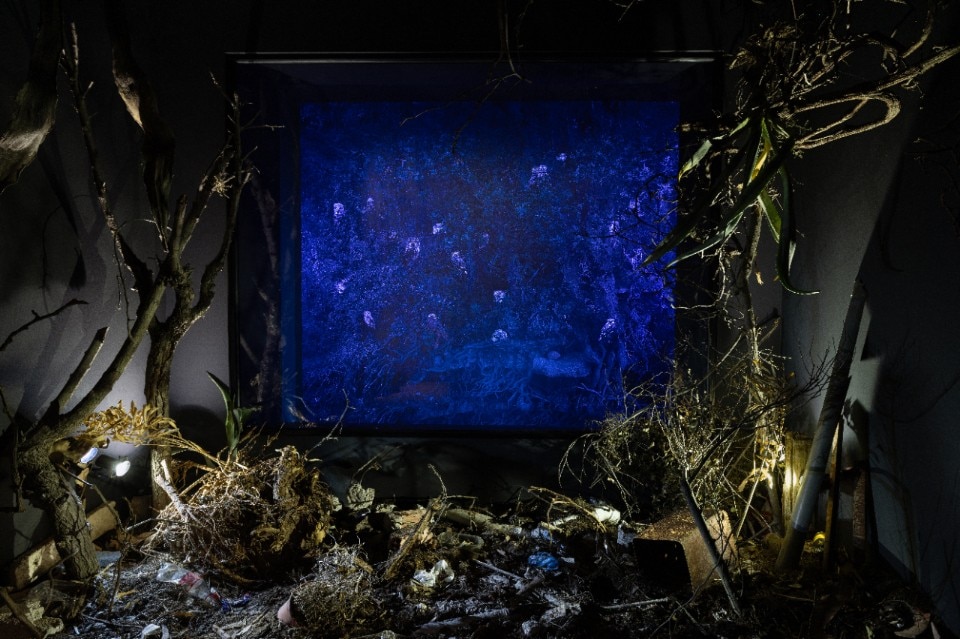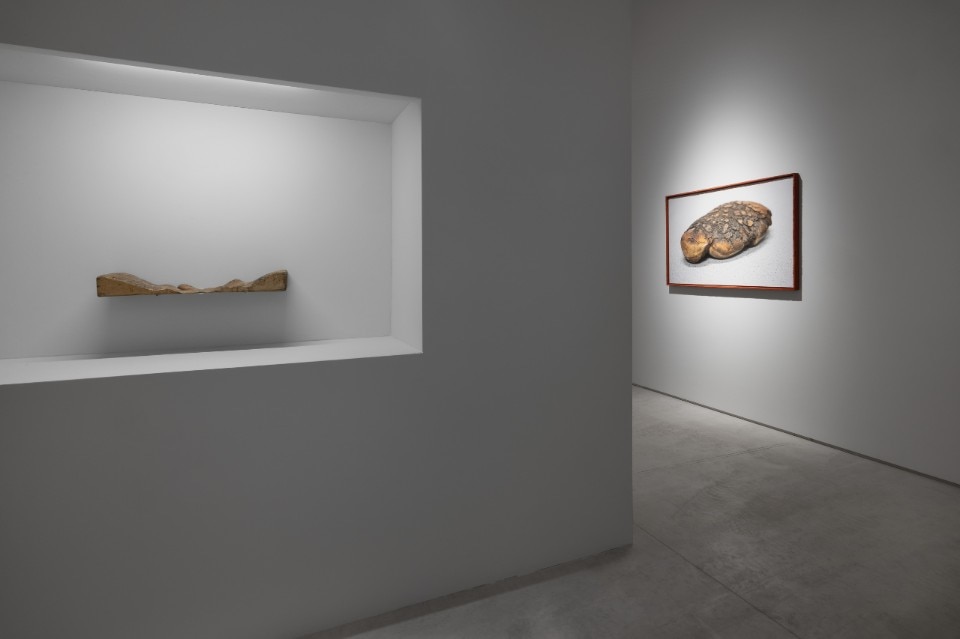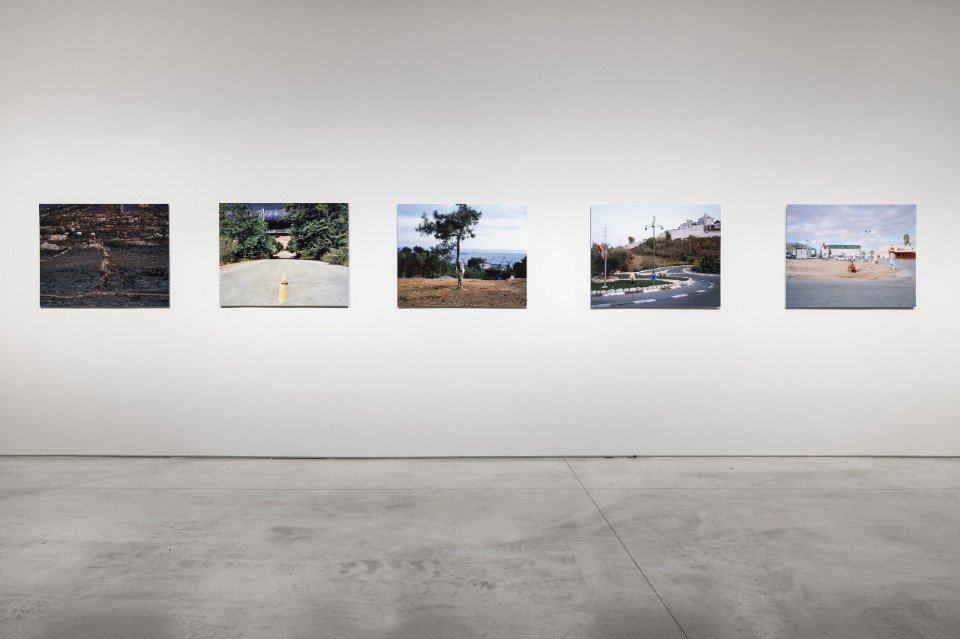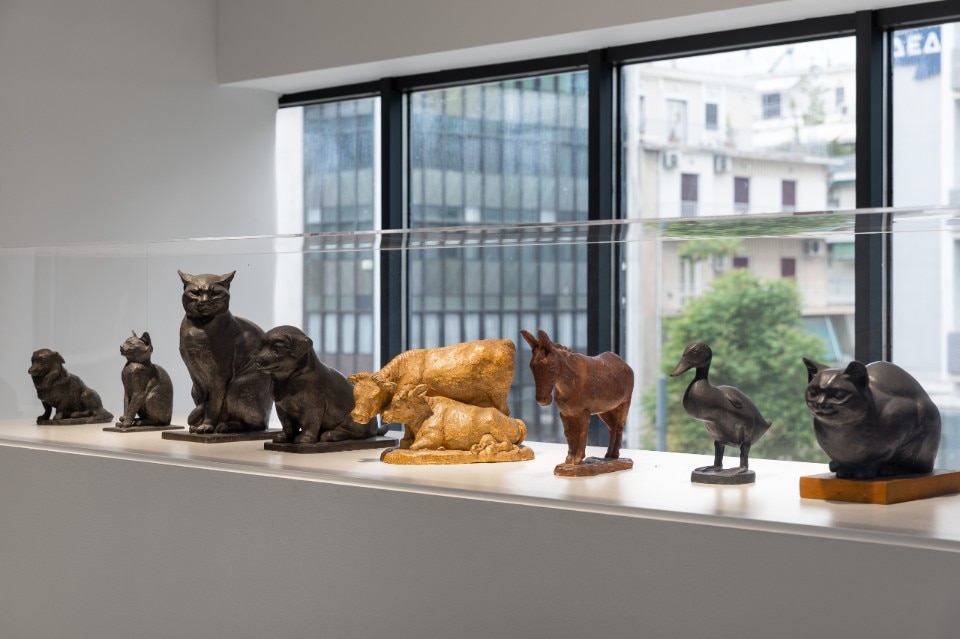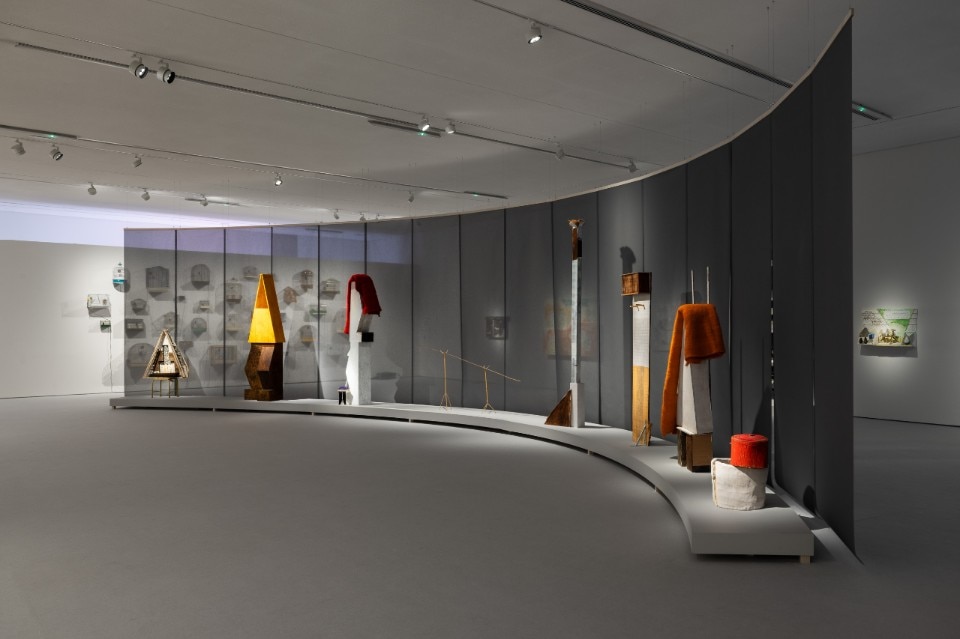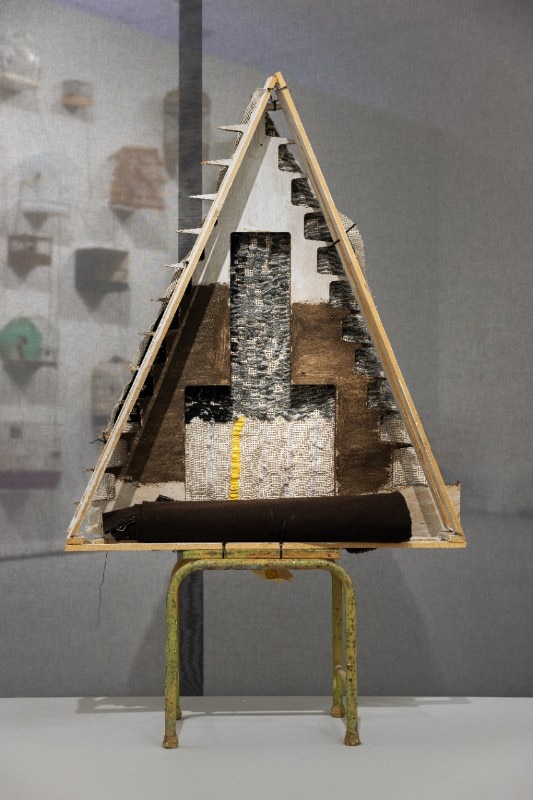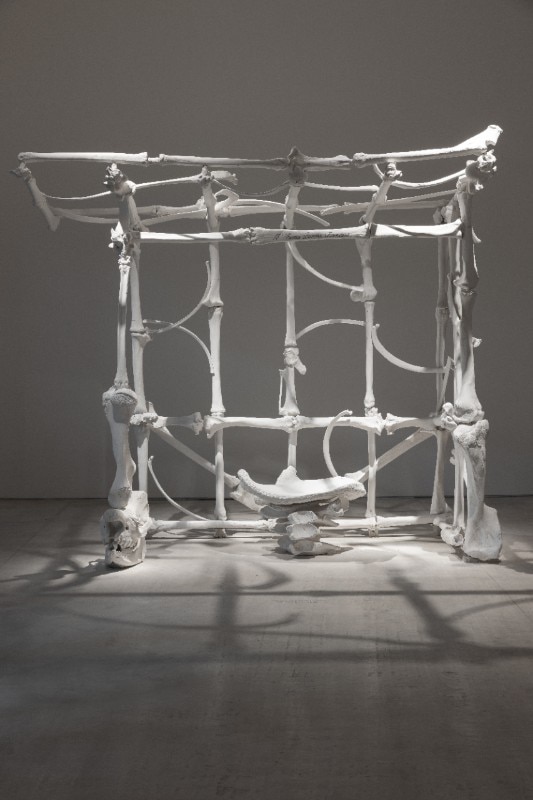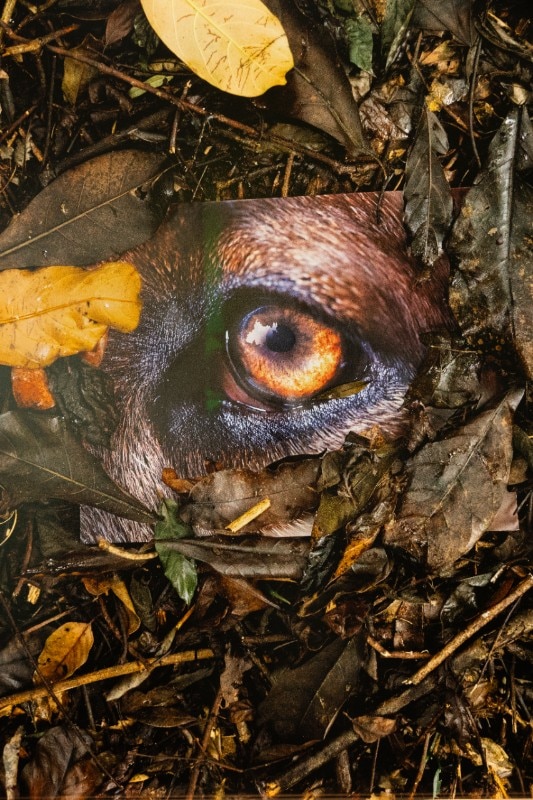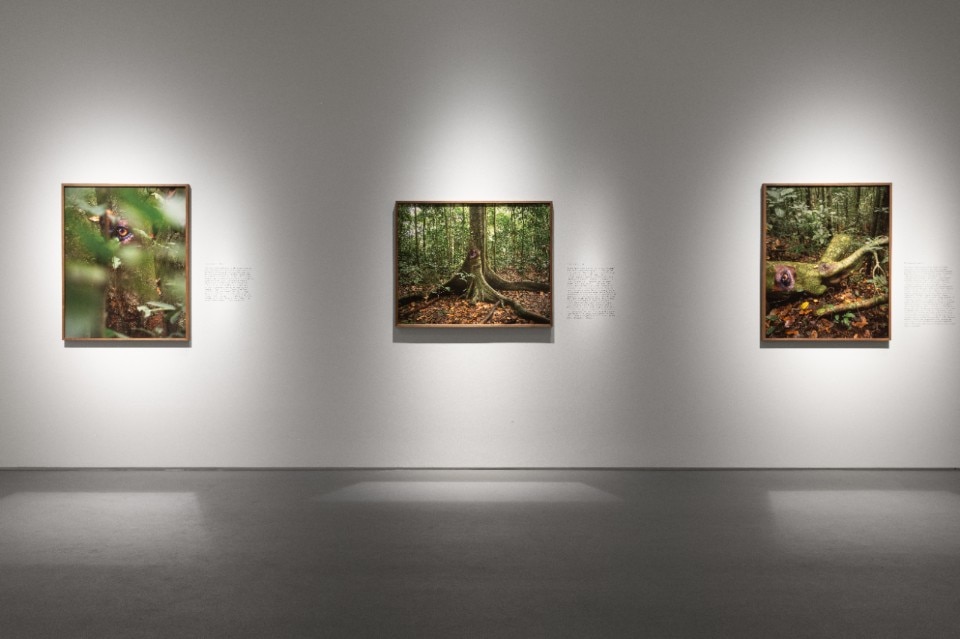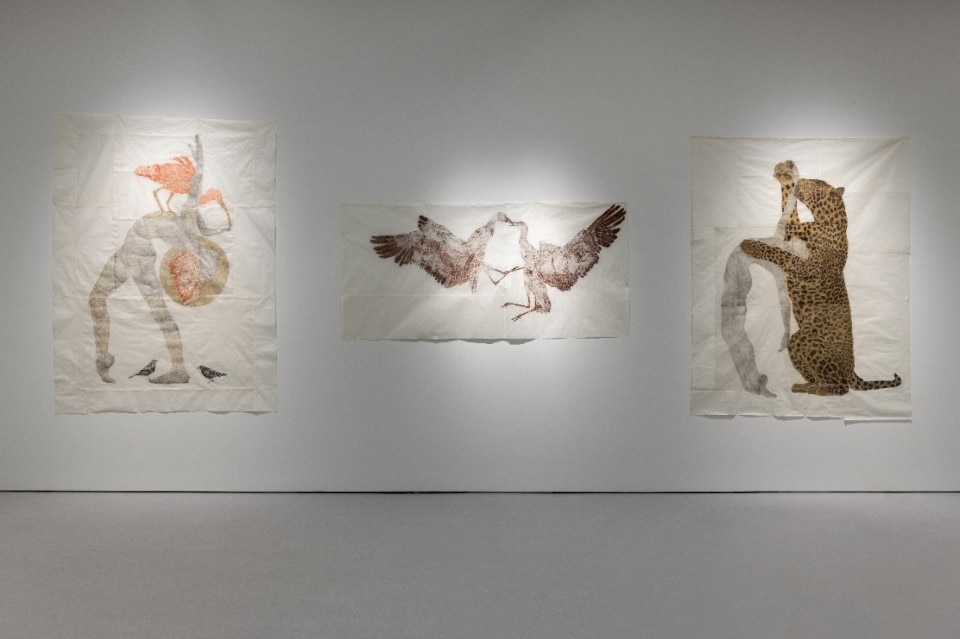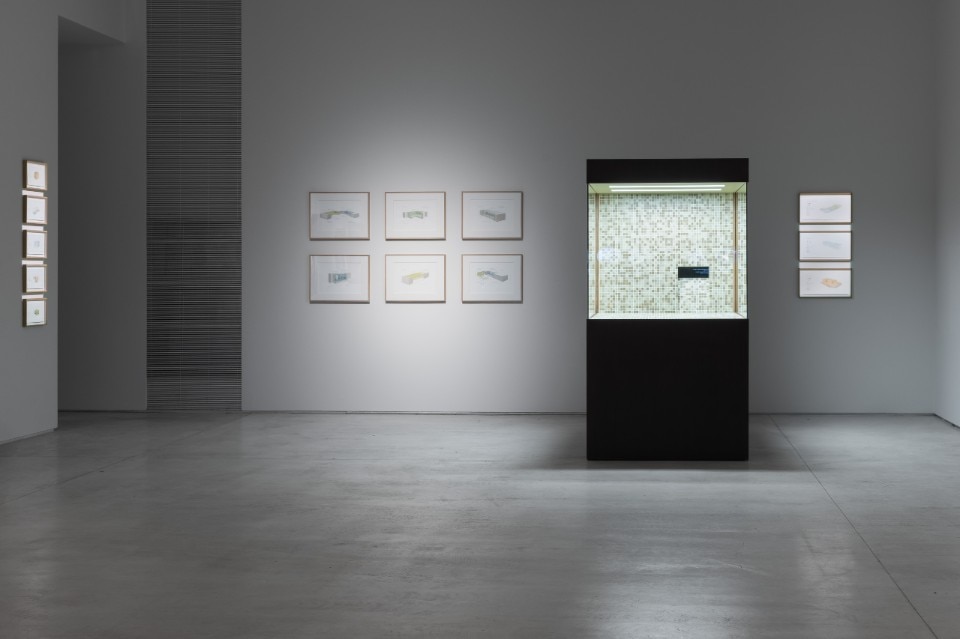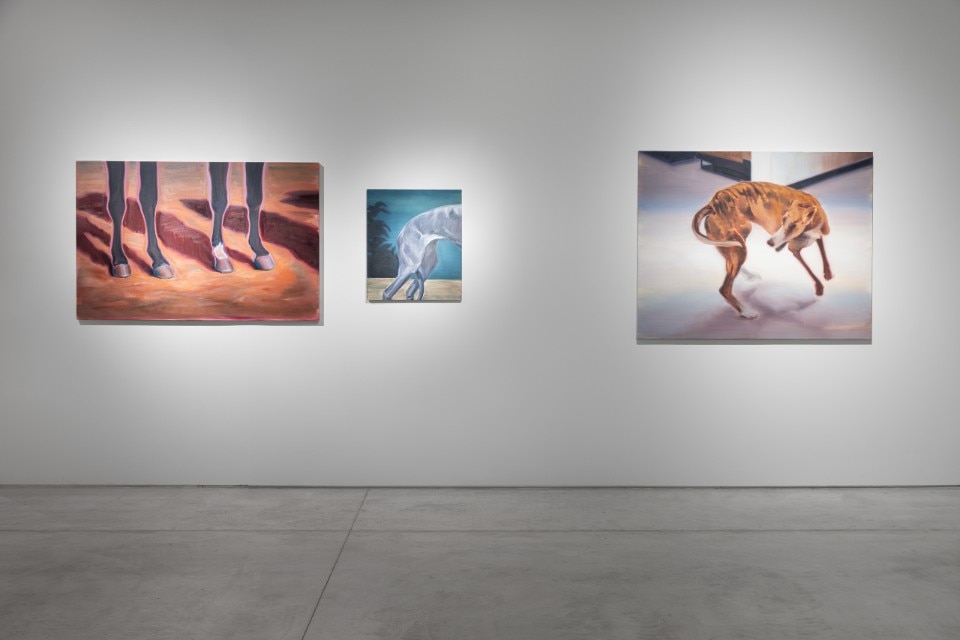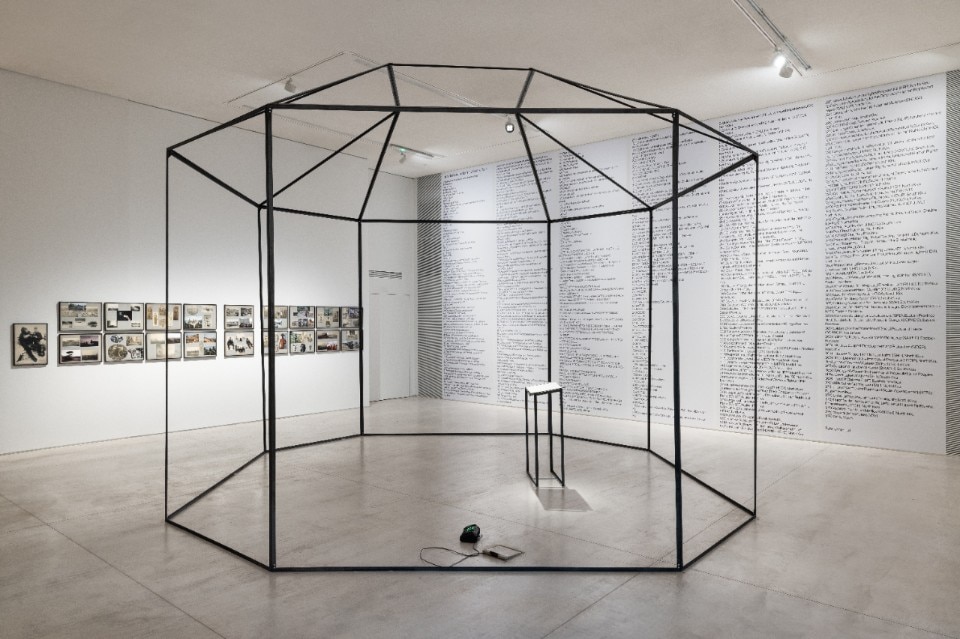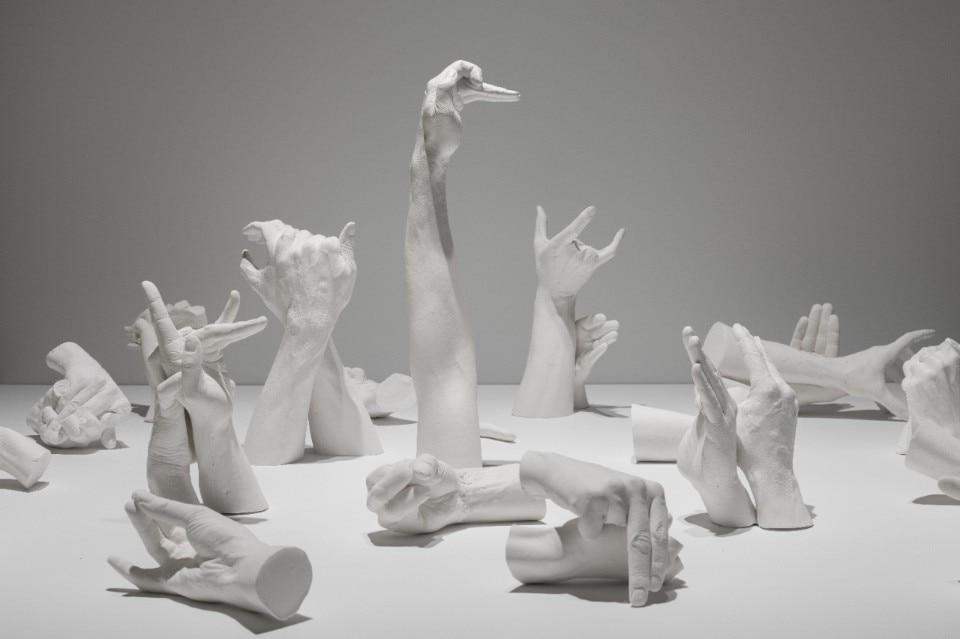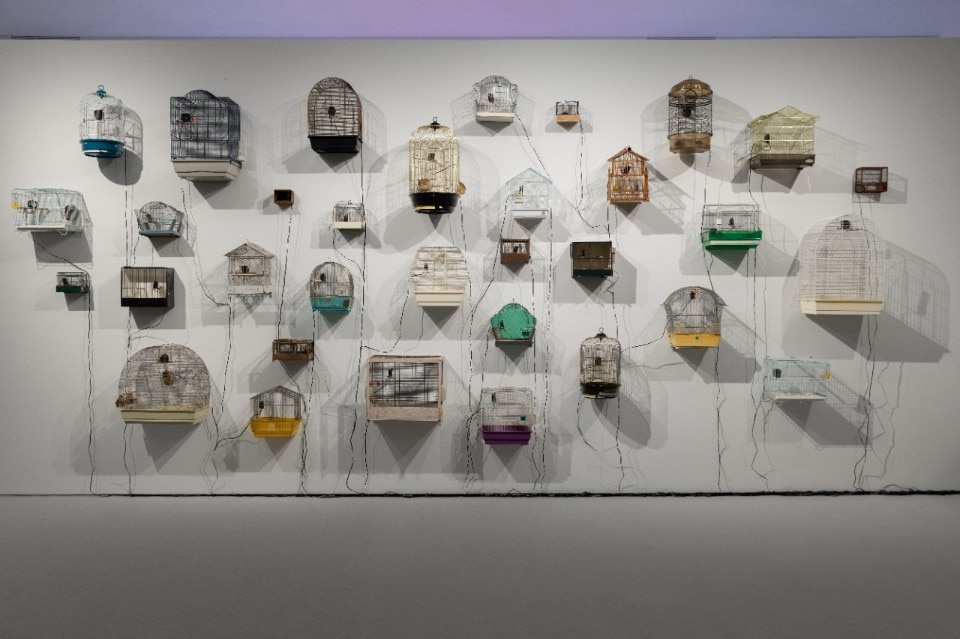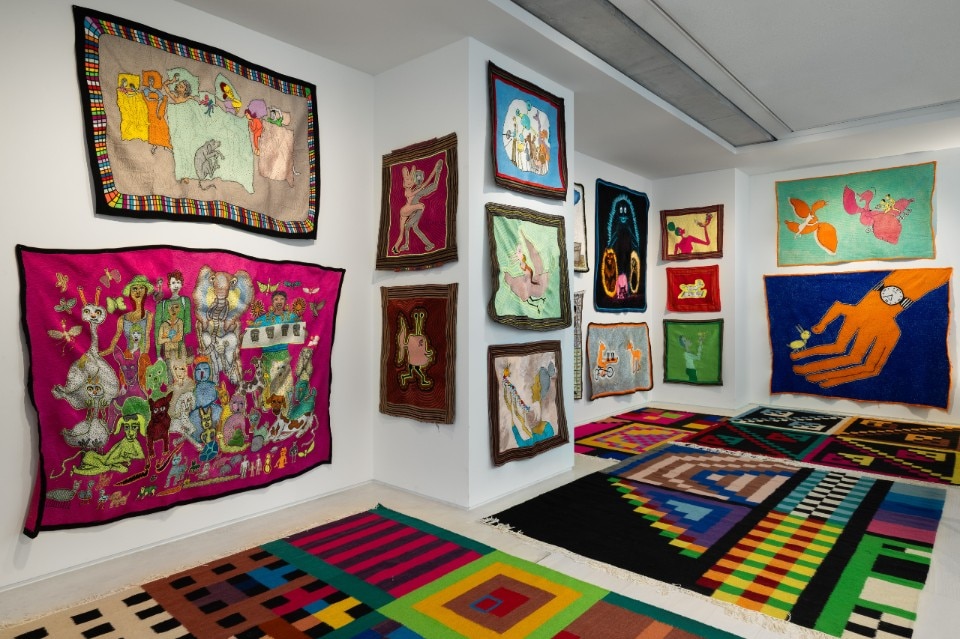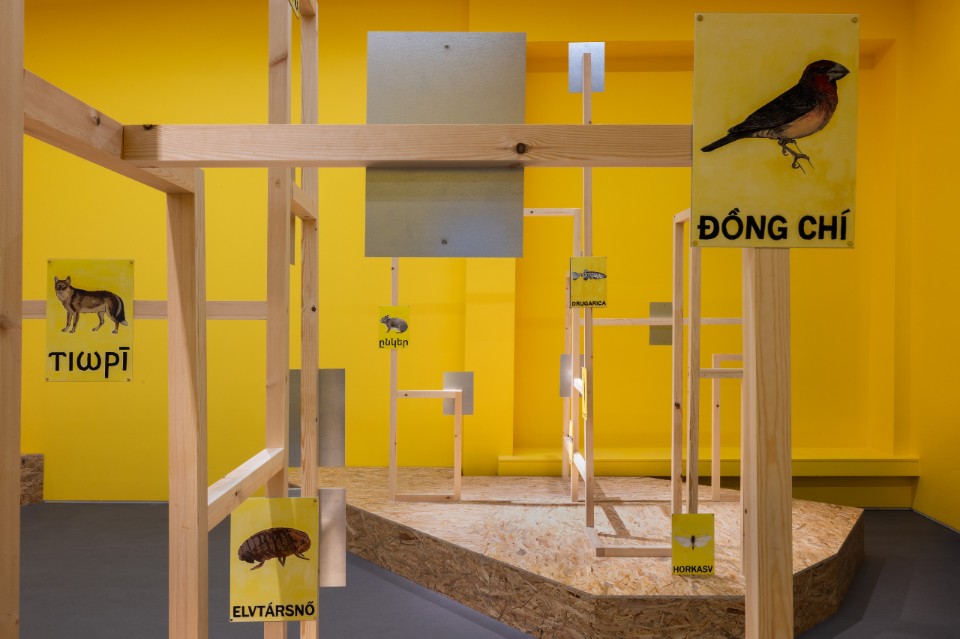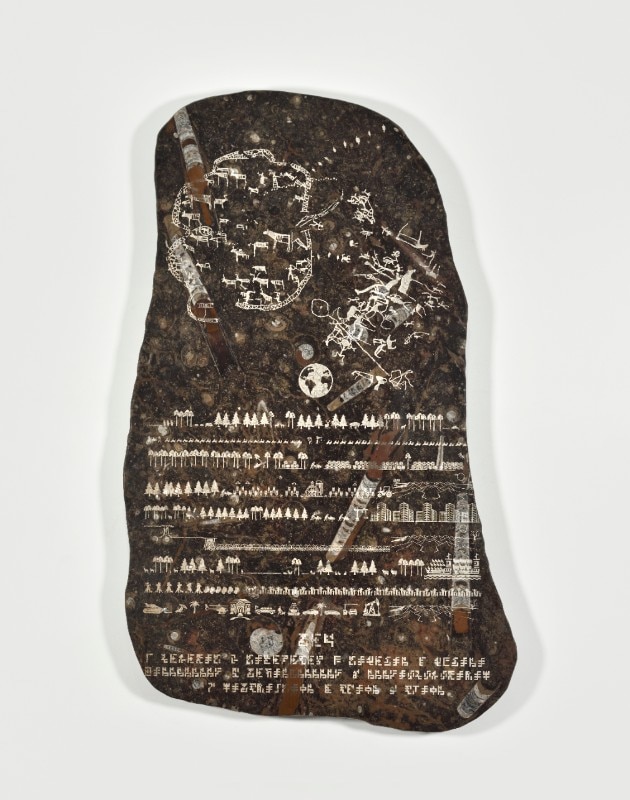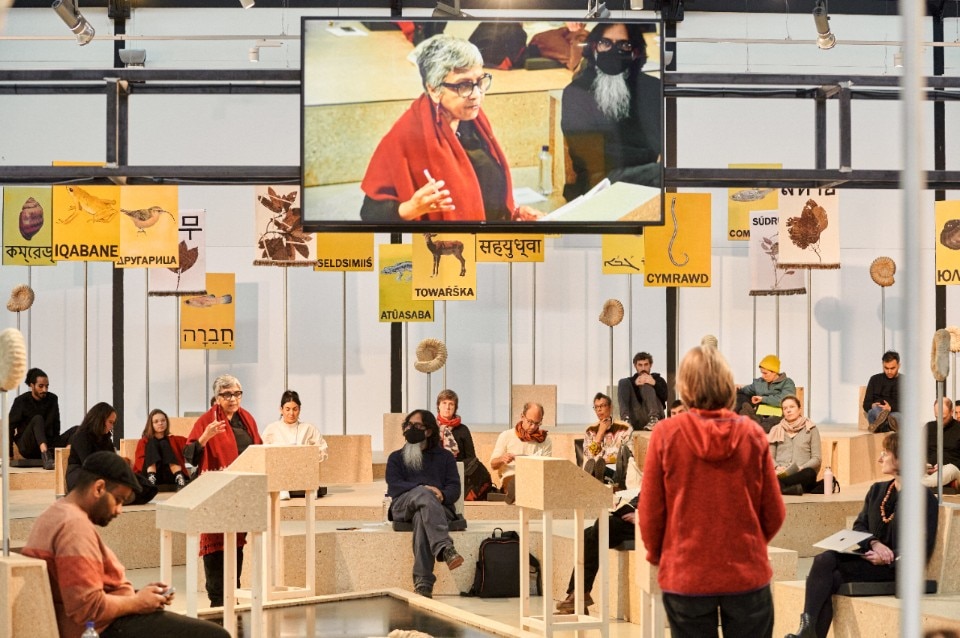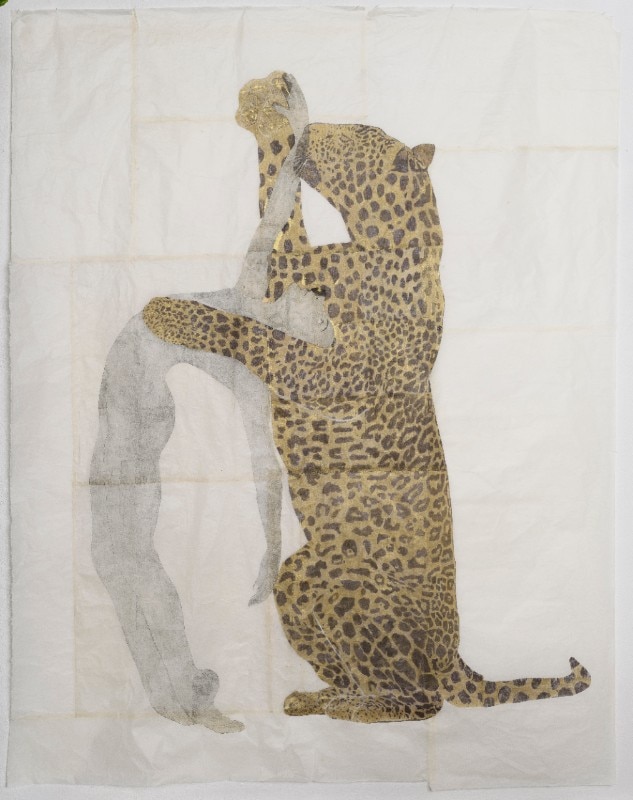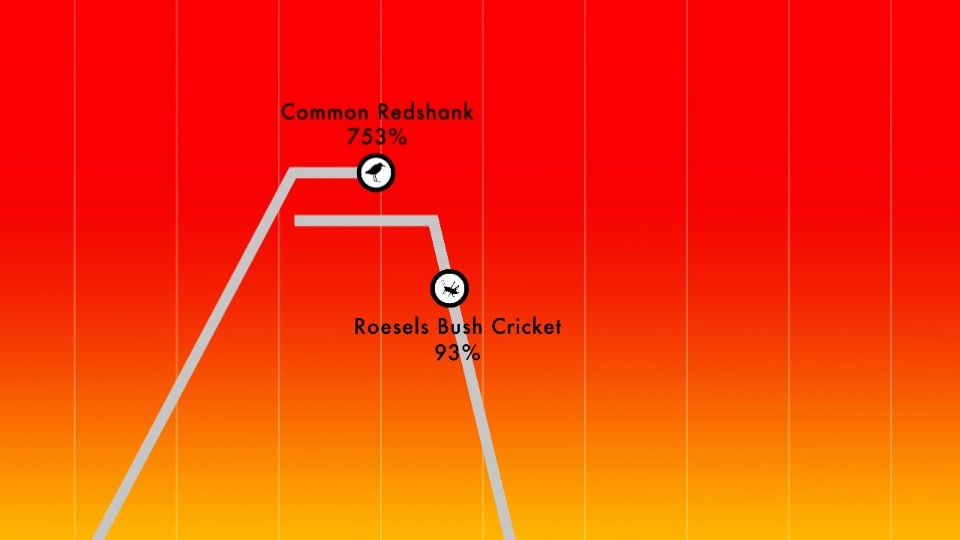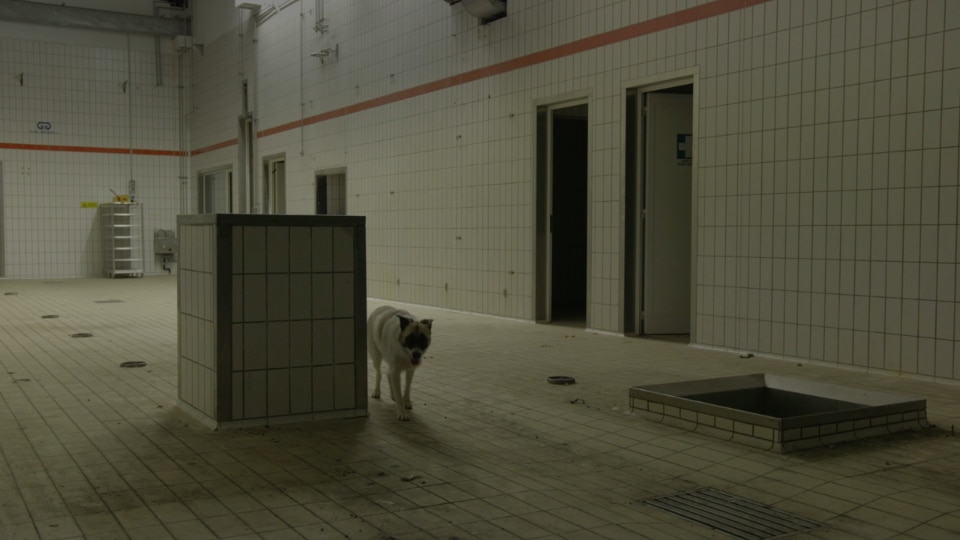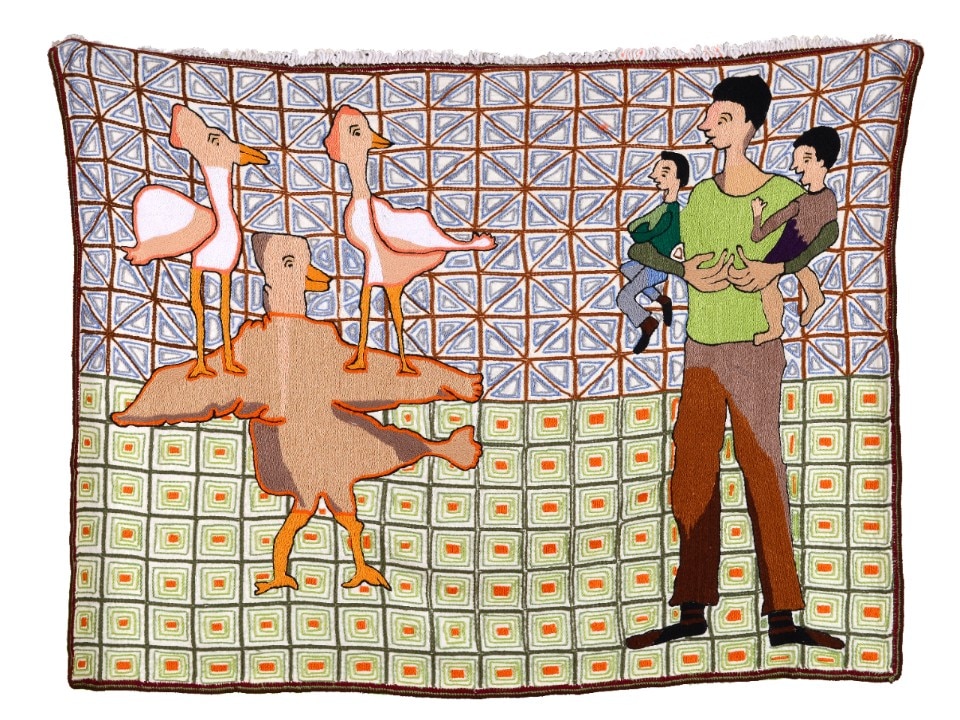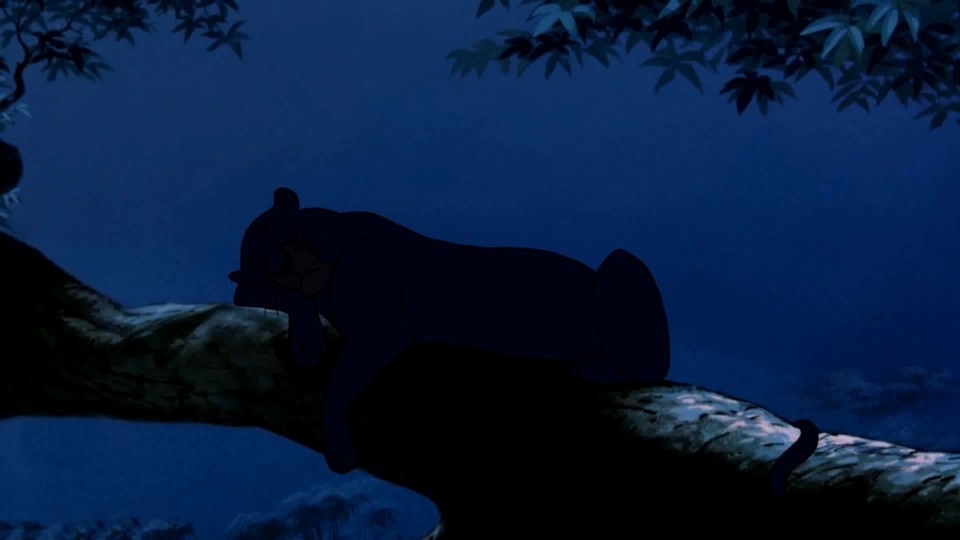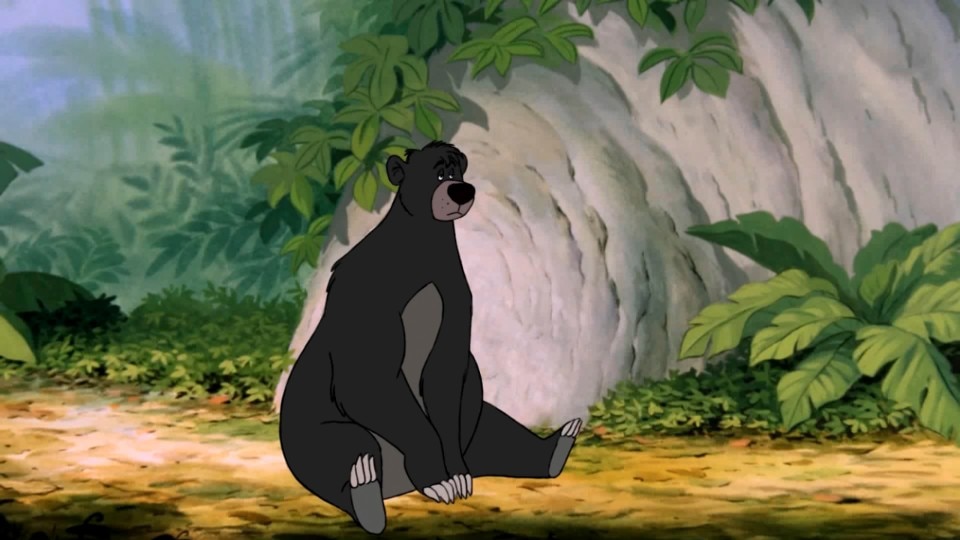Say “Athens,” and your mind likely jumps to the Parthenon, the Temple of Zeus, Greek statuary, archaeological finds and the Mask of Agamemnon, friezes, coins, Plato’s Academy and Aristotle’s Lyceum, Socrates’ prison, the history of the golden age of Hellenism—but also to millennia of layering and sedimentation, and to Orthodox churches both ancient and modern. Others might think of the ferries departing from Piraeus—Athens’ port since the days of Pericles—or of NBA champion Giannis Antetokounmpo, born in the Greek capital and now its most internationally visible star.
Athens is the city named after Athena, goddess of wisdom—but also of war. It’s a city of protest, where furious demonstrations erupted after the Tempi train disaster and its government cover-up. It’s also among the first cities to rebel against overtourism, starting with the central anarchist neighborhood of Exarchia—also involved in the public program of documenta 14, led by philosopher and curator Paul B. Preciado.
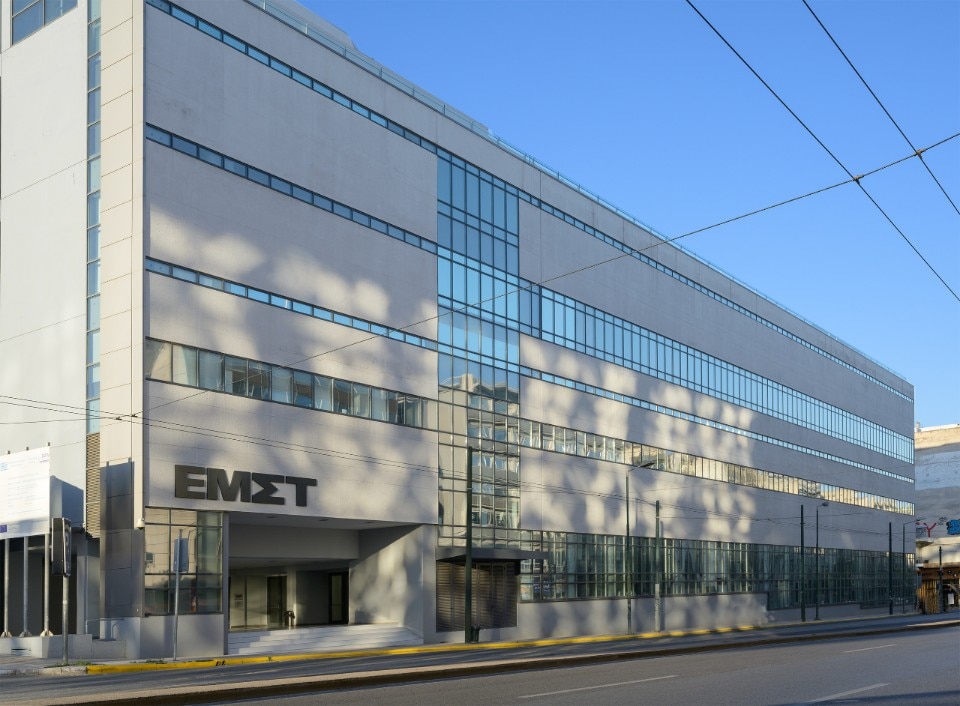
That edition of documenta, in 2017, revealed to many that Athens isn’t just ruins and echoes: the contemporary art scene is thriving—especially in visual and performance art, dance, and theater. Perhaps you’ve heard that “all the artists are fleeing Berlin for Athens,” or that “Athens is the last European city with a real underground scene.” Within this narrative, the city’s public contemporary art museum, EMΣT (which we’ll Latinize here as EMST), plays a pivotal role.
Since Katerina Gregos took over as artistic director in 2021, EMST has become a key node in Europe’s artistic geography. An internationally renowned curator, Gregos is known for linking art, politics, and society. She introduced a curatorial structure based on long-term thematic cycles, like Modern Love (or Love in the Age of Cold Intimacies), focused on relationships in the social media age, and What If Women Ruled the World, a women-centered show created to counter the historical marginalization of female voices in art.
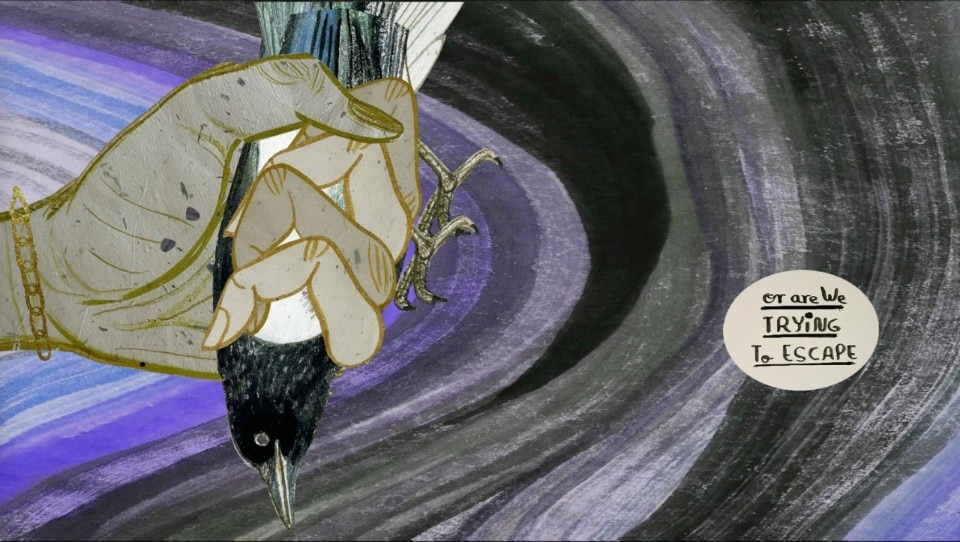
Gregos says she doesn’t see the museum as just a place to discover art, but also a place to discover stories. She’s sitting at the museum café, with an installation still being assembled behind her. Just a few days remain before the opening of the new cycle, and the entire building feels like a construction site. “Why Look at Animals? A Case for the Rights of Non-Human Lives”, on view through January 2026, is the result of over a decade of research, and the museum’s most ambitious and collaborative exhibition to date: more than 60 artists from 4 continents, and over 200 works spread across every floor of the EMST.
The title echoes the essay by British artist and critic John Berger, who in 1980 wrote that the 20th century had broken every tradition that once mediated the relationship between humans and nature. Animals, once close companions, have been progressively removed from our everyday horizon. Gregos explains that today we mostly know animals through images, not experience: they’ve become toys, or attractions in zoos and circuses. The aim of the exhibition, she says, is to return them to center stage—not as decorative motifs like the dogs and cats in aristocratic portraits, but as subjects in their own right. This isn’t a show about animals in art, but about animals as themselves.
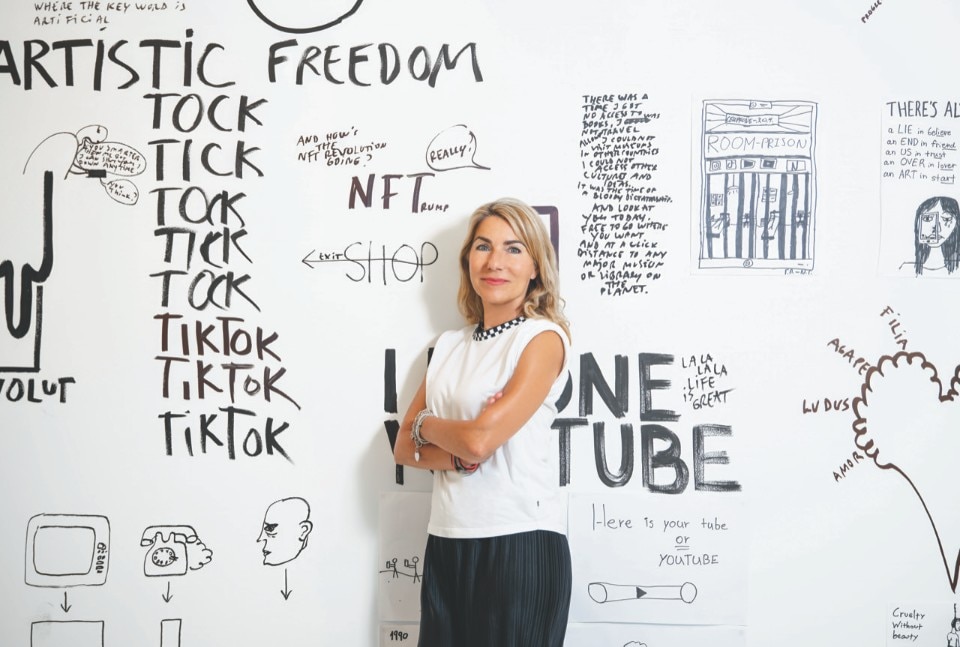
The exhibition spans every floor of EMST, located in the remaining portion of the Fix Brewery—a rare example of Greek industrial modernism. “We Greeks don’t really like modernism that much, unfortunately,” Gregos comments. The other half of the complex was demolished to make way for a bus station and a garden. Many, Gregos included, see this demolition as an architectural crime.
She leads me through the exhibition still being installed, with the same precision an architect might use to describe a house that doesn’t yet exist. From the basement, where the exhibition begins, the show’s tone is immediately clear: images of hunting, trophies, animals packaged like commodities. Men and Game by Mark Dion features a wall entirely covered with photographs of hunters posing with their kills. Photos by Paris Petridis explore how animals adapt and survive in urban environments, while Mostafa Saifi Rahmouni shows how animal bodies become waste, as in the case of sheep slaughtered after Ramadan. Italian artist Tiziana Pers has been exchanging her painted portraits for the lives of sick animals rescued from slaughterhouses for years.

“A blockbuster with brains”—that’s how Gregos describes the show. It examines how we treat animals: both intentional and unconscious violence, their exploitation in the food industry, and above all, the way we look at them. A mural by Kasper Bosmans at the entrance already warns visitors: here, your point of view will be flipped.
The exhibition also addresses violated rights, past and present. Janis Rafa’s solo installation explores cruelty toward the horse, a noble yet forgotten animal. Nabil Boutros’ photographs restore individuality to sheep—creatures we otherwise only know deboned at the butcher counter or as religious symbols. The Sonic Space installation, curated by Joanna Zielińska, collects field recordings and sound works that explore animal language.
As you move up the museum’s levels, the show’s tone shifts—becoming lighter, more poetic. At the top of the stairs, Gregos points to works by American artist Joseph Havel, who for years has created sculptures in collaboration with his parrot, Hannah. “Parrots are among the most intelligent animals,” she tells me. “They’re capable of abstract thought.” Together, the two create works that seem born from another language.
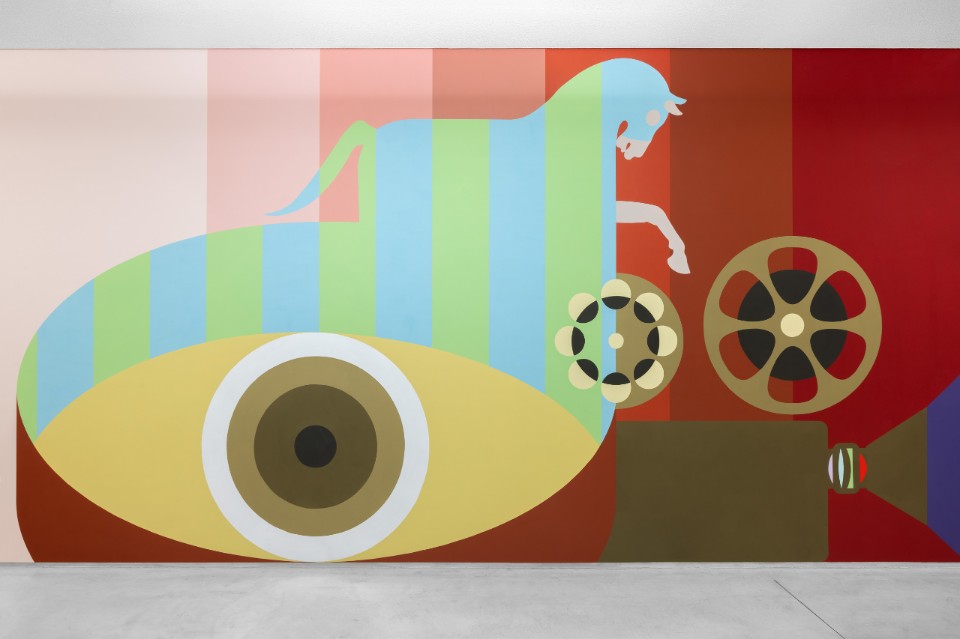
“Why Look at Animals?” is a sprawling exhibition—not just in size, but in the range of topics it tackles. It stages the activism of artists, but also a broader reflection on coexistence, rights, aesthetics, and politics. It’s concrete proof that a museum can be socially engaged without abandoning its cultural mission. As our conversation ends, Gregos reaffirms this: “We are a public institution. Being a public institution today is a rare privilege. We have the responsibility to promote new forms of knowledge and understanding of the world.
This exhibition also marks a personal milestone for Katerina Gregos after years of work: the museum as a narrative machine and as an agent of change. Today, few public institutions in Europe embody such a clear civic role. And perhaps this could only happen here—in Athens, capital of one of the poorest countries in the European Union, yet a city of immense culture, a place that continues to resist mediocrity and still defends the deepest meaning of democracy.
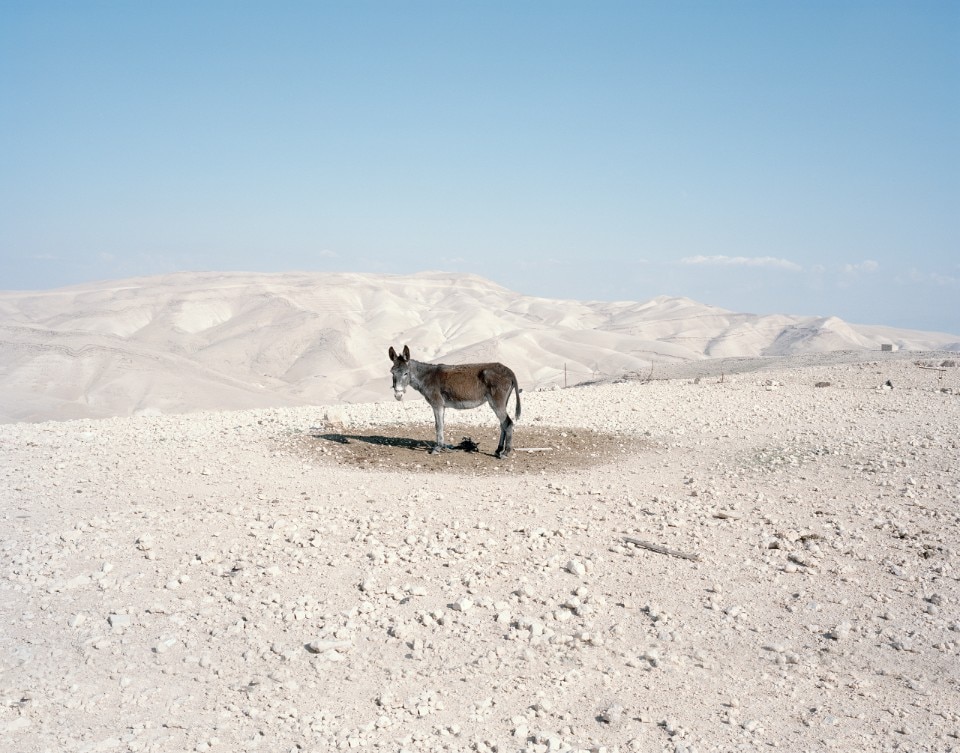
Opening image: Nabil Boutros, Celebrities / Ovine Condition,2014. Courtesy the artist
- Exhibition:
- Why look at animals? A case for the rights of non-human lives
- Where:
- ΕΜΣΤ | National Museum of Contemporary Art, Atene, Grecia
- When:
- 15 maggio 2025-7 gennaio 2026
- Curated by:
- Katerina Gregos


